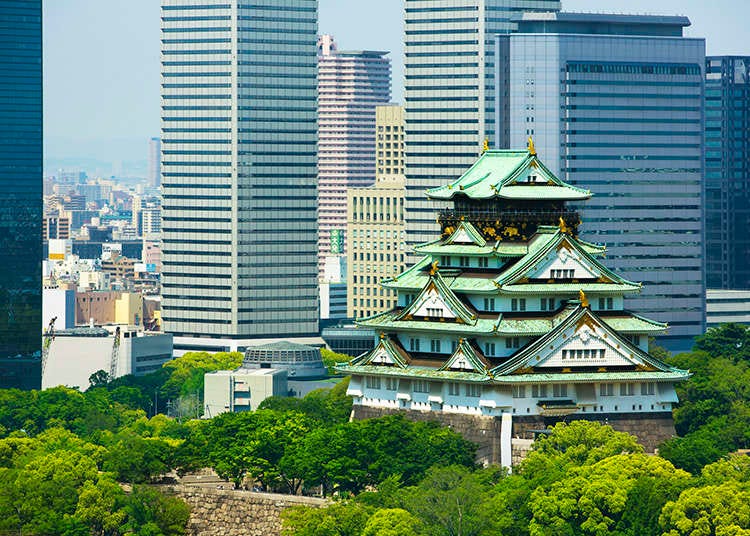
Introducing Architectural Structures Seen in Japan.
Castles
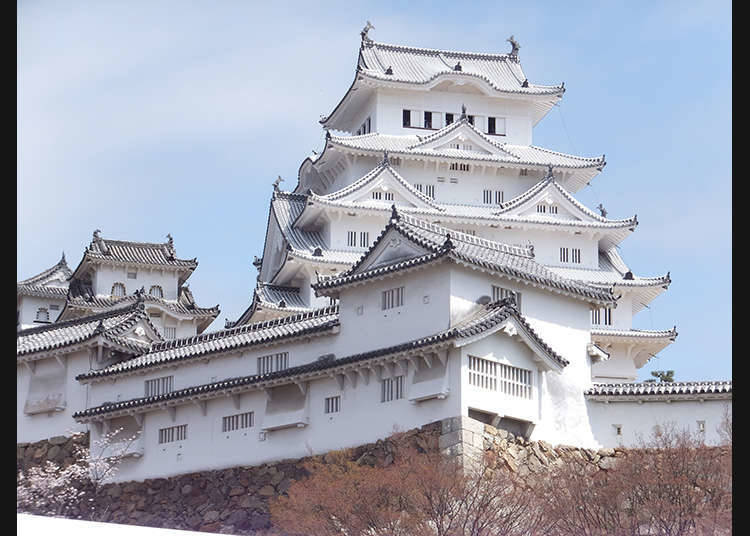
Castles were built in the Sengoku period to as a display of power, and also as the key to its defense for the rulers of the time. They convey the beauty of those days even while undergoing repairs. Himeji Castle, located in Himeji, Hyogo, is registered as a World Heritage Site.
Buddhist Temples
Buddhist temples are architectural structures built as a place for those who believe in Buddhism to gather and to worship Buddha. Since it also used to function as a meeting place of the community in the old days, every town and village is dotted with small Buddhist temples.
Shinto Shrines
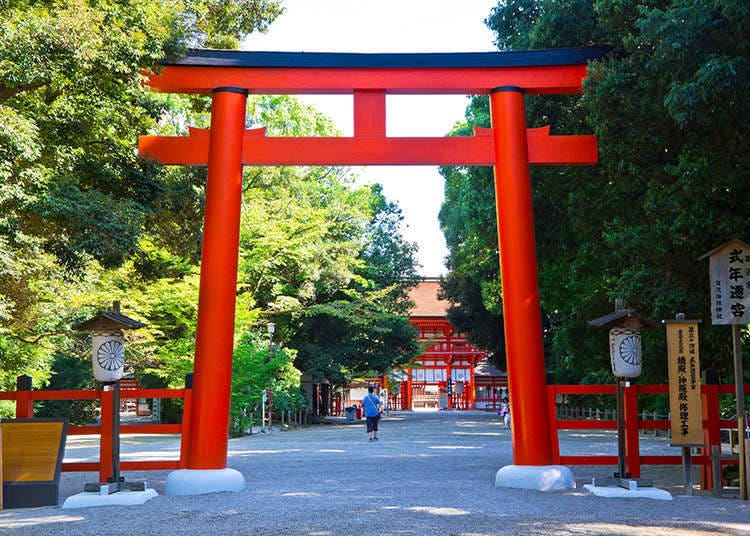
Architectural structures to enshrine gods native to Japan. There is a Torii (a gate) at the entrance which serves the role to separate this world from the god's world. In front of the main shrine, there is a bell to notify the arrival of the visitors to the gods, and a box to put in the offertory.
Bukeyashiki (a samurai residence)
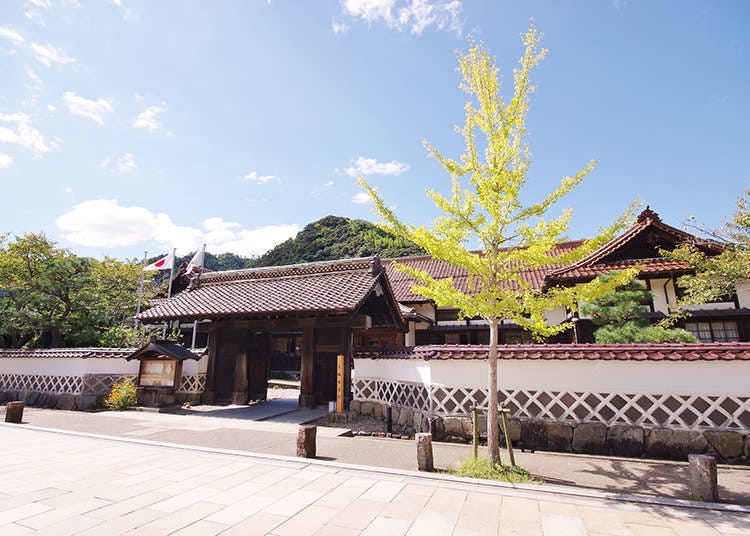
An architectural structure built as a residence for samurai. Most of them feature a profound entrance and a granary. They vary from a large residence where a daimyo (powerful rural lord) lived, to a small residence where a lower class bushi (a master of martial arts) lived. There are even residences with Japanese gardens.
Radio towers
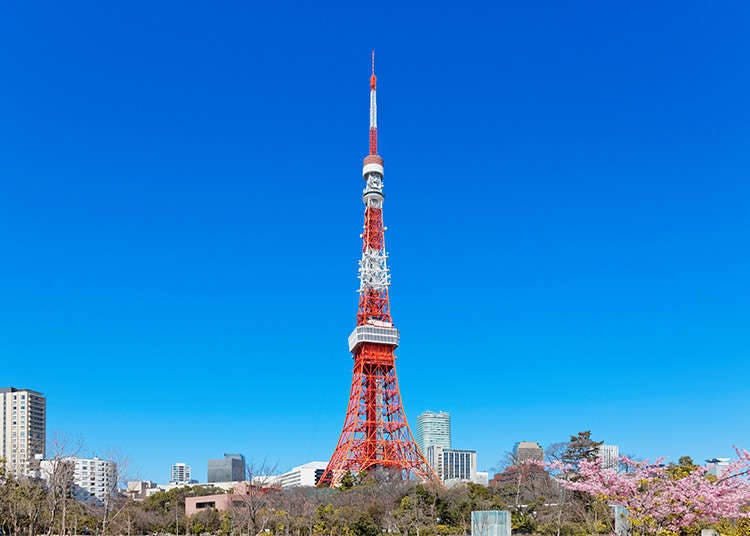
These were built to transmit television waves. Their purpose is to transmit radio waves, yet nowadays, many of them are becoming landmarks of the city they stand in. Tokyo Tower and TOKYO SKYTREE(R) are famous examples.
Skyscrapers
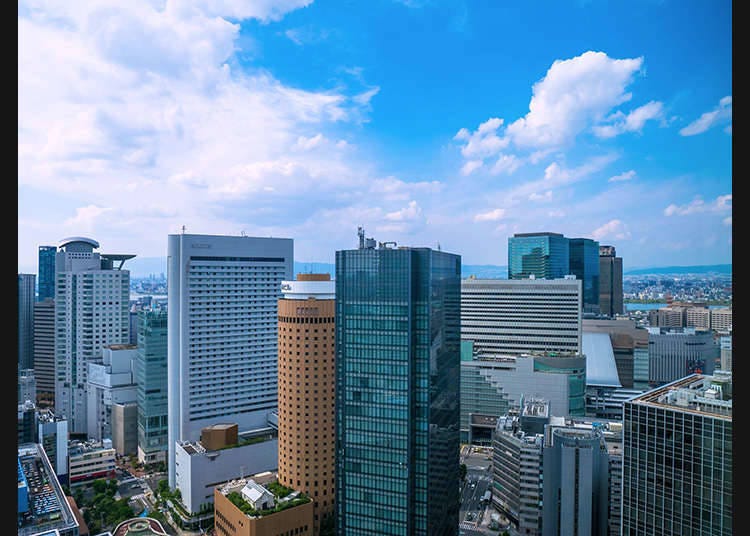
There are many skyscrapers in large cities such as Tokyo, Osaka and Nagoya. The night views made by them are beautiful at night.
Viaducts
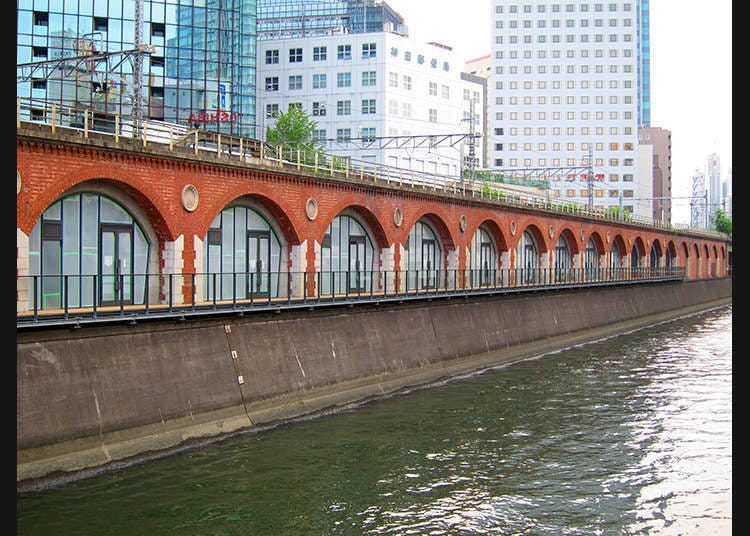
These are bridges that rise over railroad tracks and roads. Sometimes shops such as bars are made under the viaducts which are called elevated railway architectural structures. Since they are under the bridges, most of the shops are small, and many are working-class taverns.
*Prices and options mentioned are subject to change.
*Unless stated otherwise, all prices include tax.
Recommended places for you
-

Kanzenkoshitsuyakinikutabehodai Gyugyu Paradise Sannomiya
Yakiniku
Kobe, Sannomiya, Kitano
-
Goods

Yoshida Gennojo-Roho Kyoto Buddhist Altars
Gift Shops
Nijo Castle, Kyoto Imperial Palace
-

Jukuseiniku-to Namamottsuarera Nikubaru Italian Nikutaria Sannomiya
Izakaya
Kobe, Sannomiya, Kitano
-

Kambei Sannomiyahonten
Yakiniku
Kobe, Sannomiya, Kitano
-

ISHIDAYA Hanare
Yakiniku
Kobe, Sannomiya, Kitano
-
Appealing

Rukku and Uohei
Izakaya
Sapporo / Chitose
-

Tokyo's Top Electronics Stores: Find Your Perfect Store by Purpose & Style (Major Retailers, Gaming, Cameras & More)
by: Ran Tanaka
-

23 Quirky and Fun Things to Do in Akihabara
by: Himanshi Shah
-

'They Do What in the Toilet?!' Italians Shocked By These Japanese Beauty Quirks
by: Yuu Sato
-

Police to ticket cyclists riding on sidewalks, which amounts to almost all cyclists in Japan
-
Ad

Lapoppo Farm, one of Japan's leading makers of sweet potato treats! An in-depth guide to the secrets behind its popularity, including best-selling products and facilities!
-

Japan Summer Sales 2025: Your Ultimate Guide to Shopping Deals In Tokyo, Kansai & More!
-

Transparent Bathrooms?! You Won't Believe What Tokyo Just Did With Its Public Toilets
-

Top 20 Things to Do in Otaru: From Charming Canals to LeTAO, Seafood Delights, and Stunning Night Views
by: Tiffany YU
-

15 Attractions & Things To Do In Arashiyama For First-Time Visitors
by: WESTPLAN
-

Kesennuma City Memorial Museum (Ruins of Koyo High School): Telling the Story of the 3/11 Great East Japan Earthquake
-

Guide to Tokyo's Old Quarter: 7 Quaint Spots in Yanesen!
-

Sapporo Snapshots: Pro Tips on Taking Best Photos of the Iconic Sapporo Clock Tower!
- #best sushi japan
- #what to do in odaiba
- #what to bring to japan
- #new years in tokyo
- #best ramen japan
- #what to buy in ameyoko
- #japanese nail trends
- #things to do japan
- #onsen tattoo friendly tokyo
- #daiso
- #best coffee japan
- #best japanese soft drinks
- #best yakiniku japan
- #japanese fashion culture
- #japanese convenience store snacks













